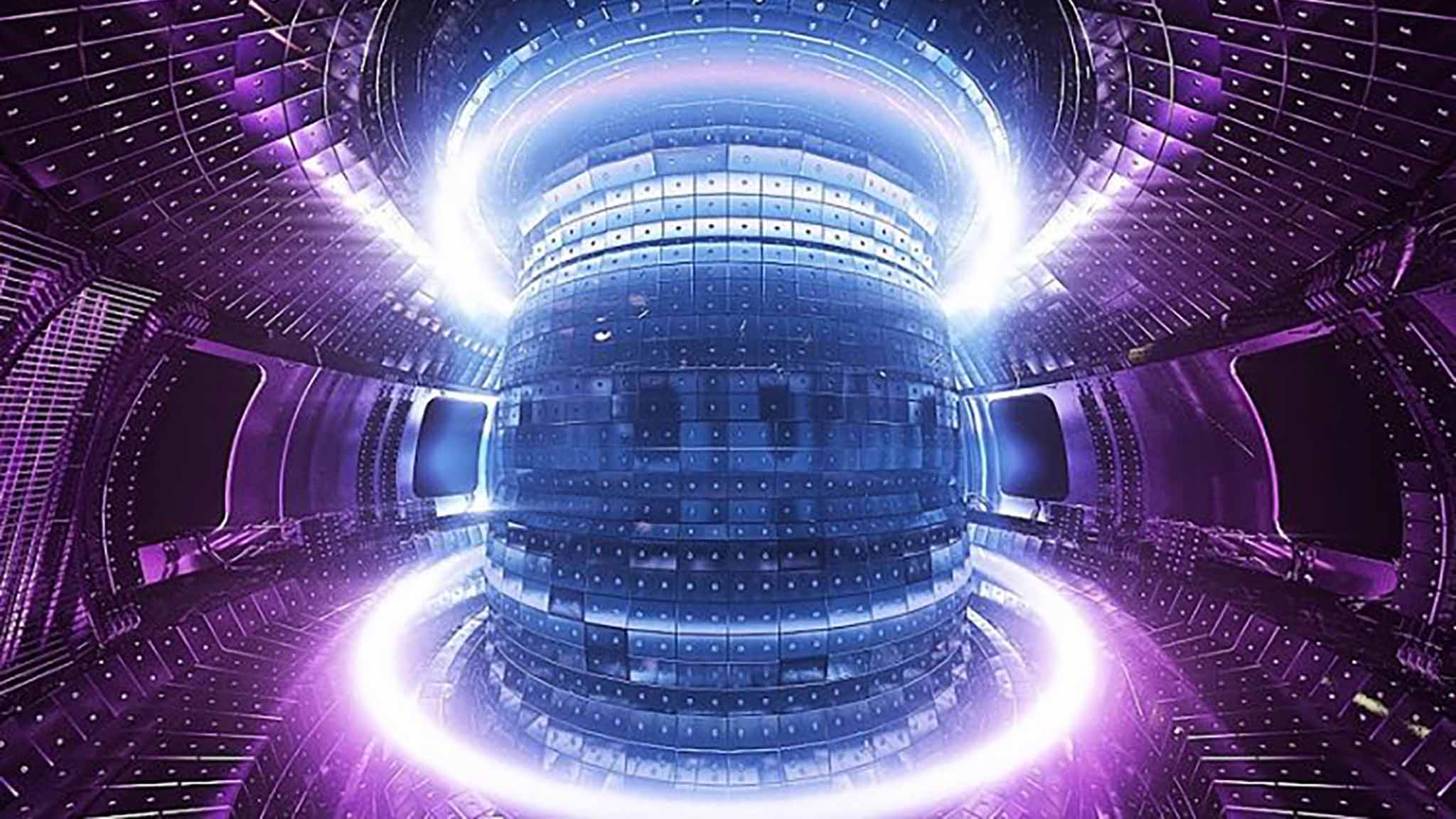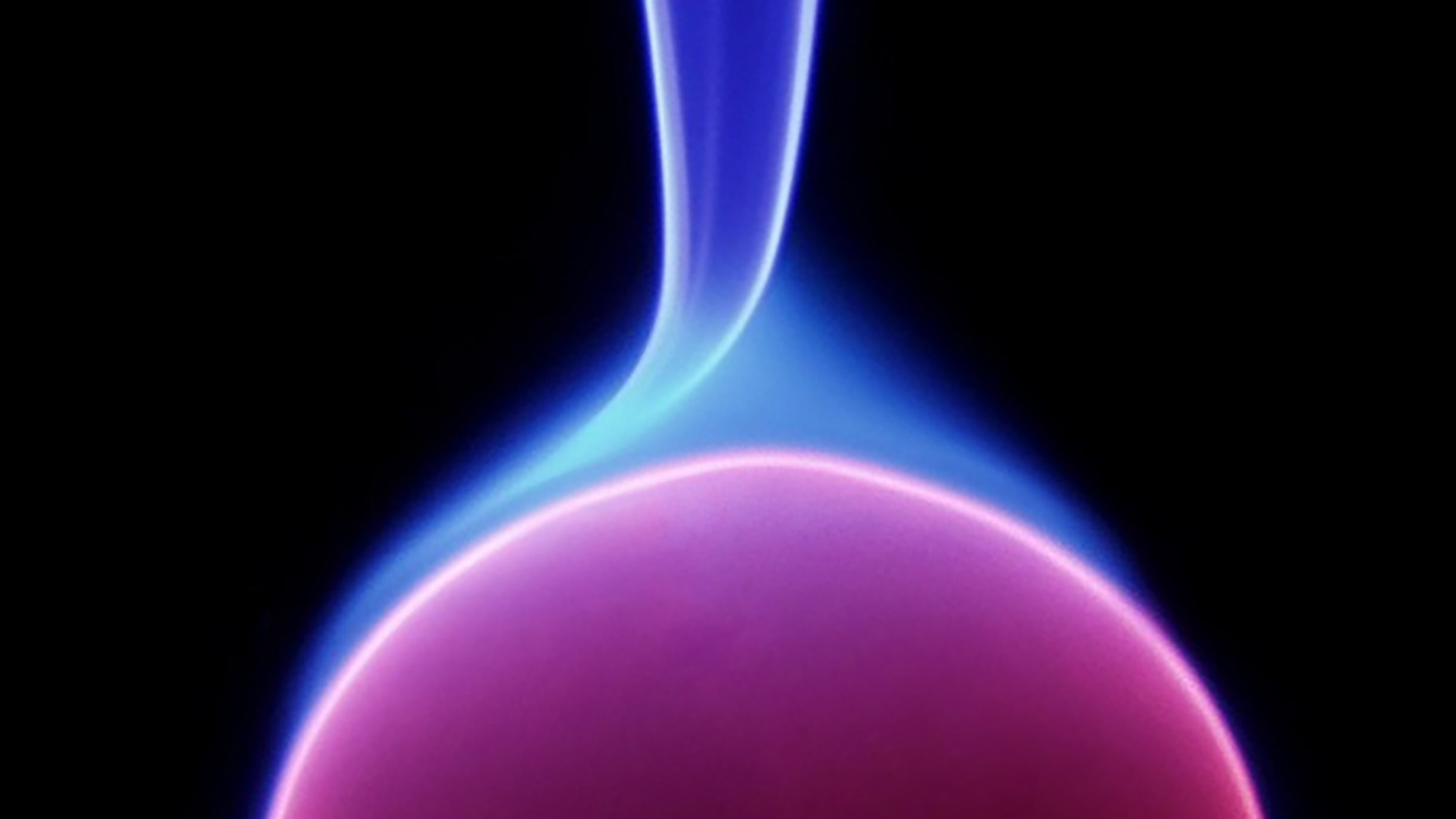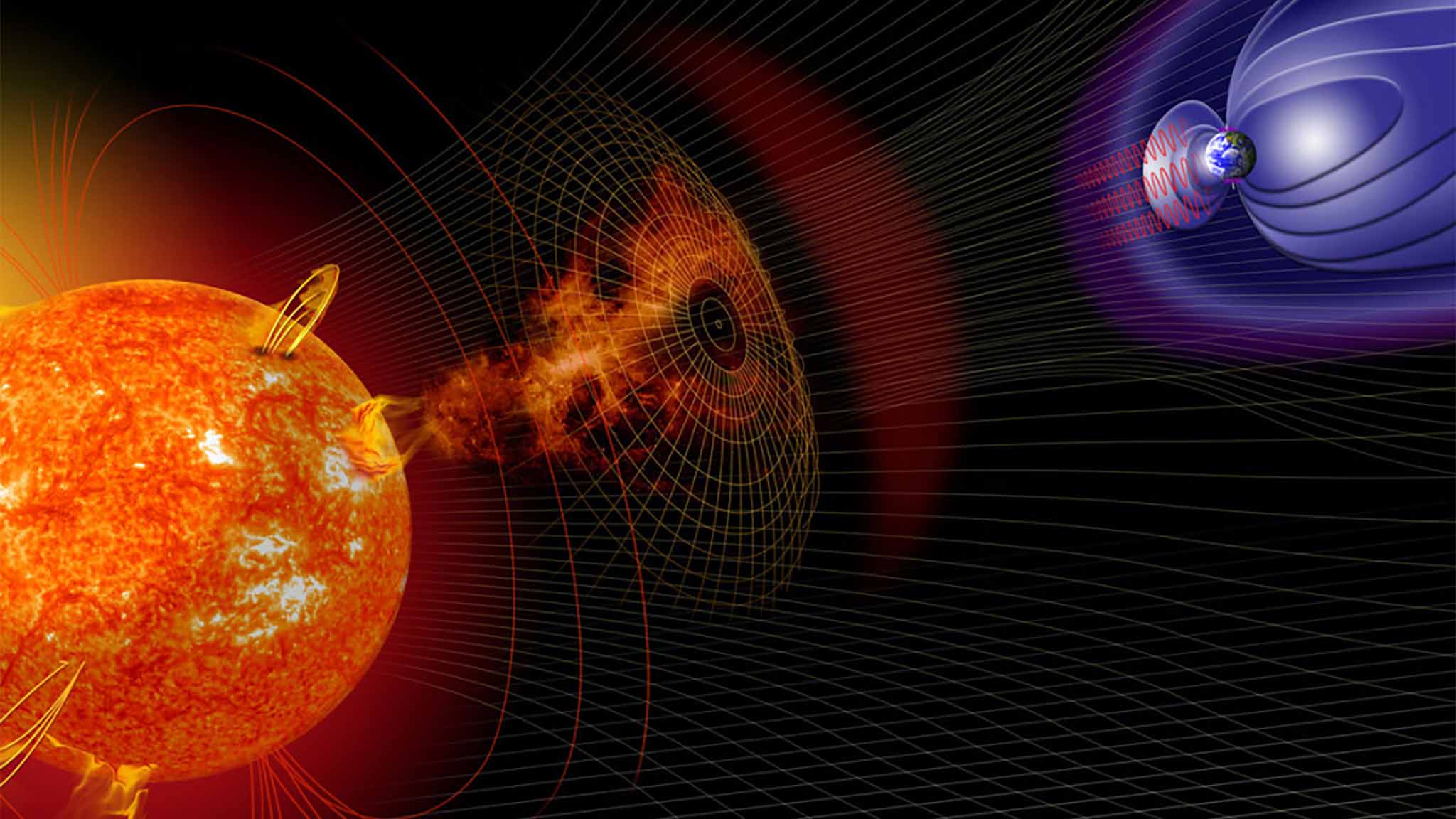The Institute for Plasma Science and Technology – ISTP is a CNR institute, founded in April 2019, joining three CNR research groups that have been active in plasma physics research for many decades.
ISTP counts about 120 staff people, including over 80 Physicists, Engineers, Chemists and Geologists, 25% of which are female scientists.
ISTP belongs to the Department of Physical Sciences and Technology of Matter of CNR (DSFTM). Headquarters are located in Milano, with three research units, in Milano, Padova and Bari. Each site has its own laboratories, experiments and premises. The majority of ISTP personnel in Padova is seconded to Consorzio RFX.
With the foundation of ISTP, the scientific and technological expertise of the Institute or Plasma Physics ‘Piero Caldirola’ (IFP-CNR) in Milano, of the Institute of Ionized Gases (IGI-CNR) in Padova and of the P.Las.M.I. Lab within the Institute of Nanotechnology (NANOTEC-CNR) in Bari were merged together in a single institute.
Thus, CNR has integrated most of its plasma science and technology expertise in ISTP, which can now boast a broad spectrum of competences to address the institute mission.
controlled thermonuclear fusion
design, construction and operation of thermonuclear fusion devices
low temperature plasmas and their applications
plasmas for aerospace
space and astrophysical plasmas
plasma interaction with particle beams, electromagnetic radiation, materials
ISTP has an internationally acknowledged expertise in the field of plasma physics and chemistry and relevant applications, like the Controlled Thermonuclear Fusion with magnetic confinement for plasma heating and related technologies, negative ion sources, low-temperature plasmas for application in aerospace, energetics, medicine, agriculture, innovative materials, environment, cultural heritage, and space and astrophysical plasmas.
ThermonuclearFusion
We investigate physical processes in magnetically confined plasmas and design facilities with the ultimate goal to produce energy from the fusion of light atomic nuclei – like in the sun.
- Experiments in magnetically confined plasmas: Tokamaks and Reversed Field Pinches and linear machines
- Theory and modelling of magnetically confined plasmas: Tokamaks, Reversed Field Pinches and linear machines
- Heat transport studies and plasma scenarios
- Magnetohydrodynamics, instability control, disruptions
- Wave-Plasma Interaction at the Electron Cyclotron frequency (ECRH)
- Neutral Beam (NBI) interaction with plasmas
- Plasma-materials interaction
- Plasma diagnostic development and exploitation
- Real-time control systems
- Design of ECRH system and of passive prototype components
- Design and construction of NBI systems and negative ion sources
- Electrical technologies and electrical power systems for fusion experiments
- Design and construction of power supplies for control systems and protection circuits

Low TemperaturePlasmas
We investigate LTP by a State-to-State Multiscale approach to go from the elementary processes to the modelling down to diagnostics and different experimental applications.
- Elementary gas phase processes
- Electric gas discharges
- Thermal plasmas
- Surface processes
- Modelling
- Advanced diagnostic techniques and Laser Induced Breakdown Spectroscopy (LIBS)
- Plasma applications in medicine and agriculture
- MicroWave Plasma Enhanced Chemical Vapor Deposition techniques (MWPECVD)
- Diamond devices

Aerospace, Spaceand Astrophysical Plasmas
We perform theoretical, numerical and experimental studies of solar, heliospheric and astrophysical plasmas. We provide numerical modeling of aerospace plasmas, focusing on planetary entry and plasma propulsion systems.
- Entering planetary atmospheres
- Systems for space propulsion based on plasmas
- Electromagnetic flow actuators
- Atomic clock for satellite navigation system
- Theory and modeling of solar and heliospheric plasmas
- Numerical methods for magnetohydrodynamic, collisionless and weakly collisional space and astrophysical plasmas
- Experimental data analysis and space mission design
- Turbulence, waves, instabilities and particle acceleration

ISTP labs and offices are located in the CNR Area Milano 3 Bicocca, at the Consortium RFX site in the CNR Area of Padova, and in the CNR Area of Bari.
The research groups in Milano, Padova and Bari have a long tradition in Plasma Science with activities that started in the sixties.
In Milano and Padova the main focus has been on magnetically confined plasmas of relevance for thermonuclear fusion, while in Bari on Plasma Chemistry and Physics.
The scientific and administrative direction of the institute is located in Milano. A deputy is in charge in Bari, appointed by the Director of the Institute. Research activities in Padova are carried out within the RFX Consortium.
DIRECTOR OF THE INSTITUTE
Olga De Pascale - Ad interim
ADMINISTRATIVE SECRETARY
Carolina Allocchio
ADMINISTRATION (MILANO)
Carolina AllocchioAlba GuercioElisabetta Sanvito
ADMINISTRATION (PADOVA)
Elena Ballarano
ADMINISTRATION (BARI)
Alba GuercioCarolina AllocchioElisabetta Sanvito
COMMUNICATION OFFICE
Maria Teresa OrlandoPaola Platania
The Board of the Institute represents the ISTP scientific community and expresses views and formulates proposals on the development of skills, progress of research activities, on the mission of the institute.
BOARD OF THE INSTITUTE
Olga De Pascale (Chair), Paolo Francesco Ambrico, Matteo Brombin, Alessandro Bruschi, Manola Carraro, Laura Laguardia, Moreno Maniero, Maria Teresa Orlando, Italo Predebon, Marica Rebai.
In the field of fusion research, a well-established network is in place since many years, and ISTP is part of it. Scientific collaborations are active with Italian research institutions, in particular ENEA, and with international organizations, as Consortium EUROfusion, Fusion for Energy agency and ITER International Organization. Within the fusion network, ISTP researchers collaborate with many research institutes, participating to experimental campaigns, analyzing data, performing simulations and conducting theoretical research, at various fusion sites in Europe and around world.
Scientific collaboration, joint projects and visiting exchange are active with many national and international research institutes in the fields of space and astrophysical plasmas, aerospace plasmas and low-temperature plasmas. Agreements are in place with industrial partners in the field of aerospace.
CNR is partner of Consorzio RFX since it was established in 1996. ISTP personnel in Padova is almost all seconded to RFX, thus strongly contributing to the its scientific and technological activities.
CNR recently joined the DTT S.c. a r.l. as a partner. ISTP researchers are contributing to the design and realization of this new experiment providing an extraordinary wide spectrum of expertise to tackle its theoretical, scientific and technological challenges in strong synergy with the research community.
Within CNR
- IFAC - Institute of Applied Physics “Nello Carrara”
- ISC – Institute for Complex systems
- IC – Institute of Cristallography
- ICMATE – Institute of Condensed Matter Chemistry and Technologies for Energy
- SPIN – SuPerconducting and other INnovative materials and devices institute
- IREA - Institute for Electromagnetic Sensing of the Environment
- IMM - Institute for Microelectronics and Microsystems
- IPSP - Institute for Sustainable Plant Protection
With International research bodies or Consortia
With Italian and foreign universities
ISTP collaborates with ENI within the ENI-CNR Joint Research Agreement.

 English
English  Italiano
Italiano